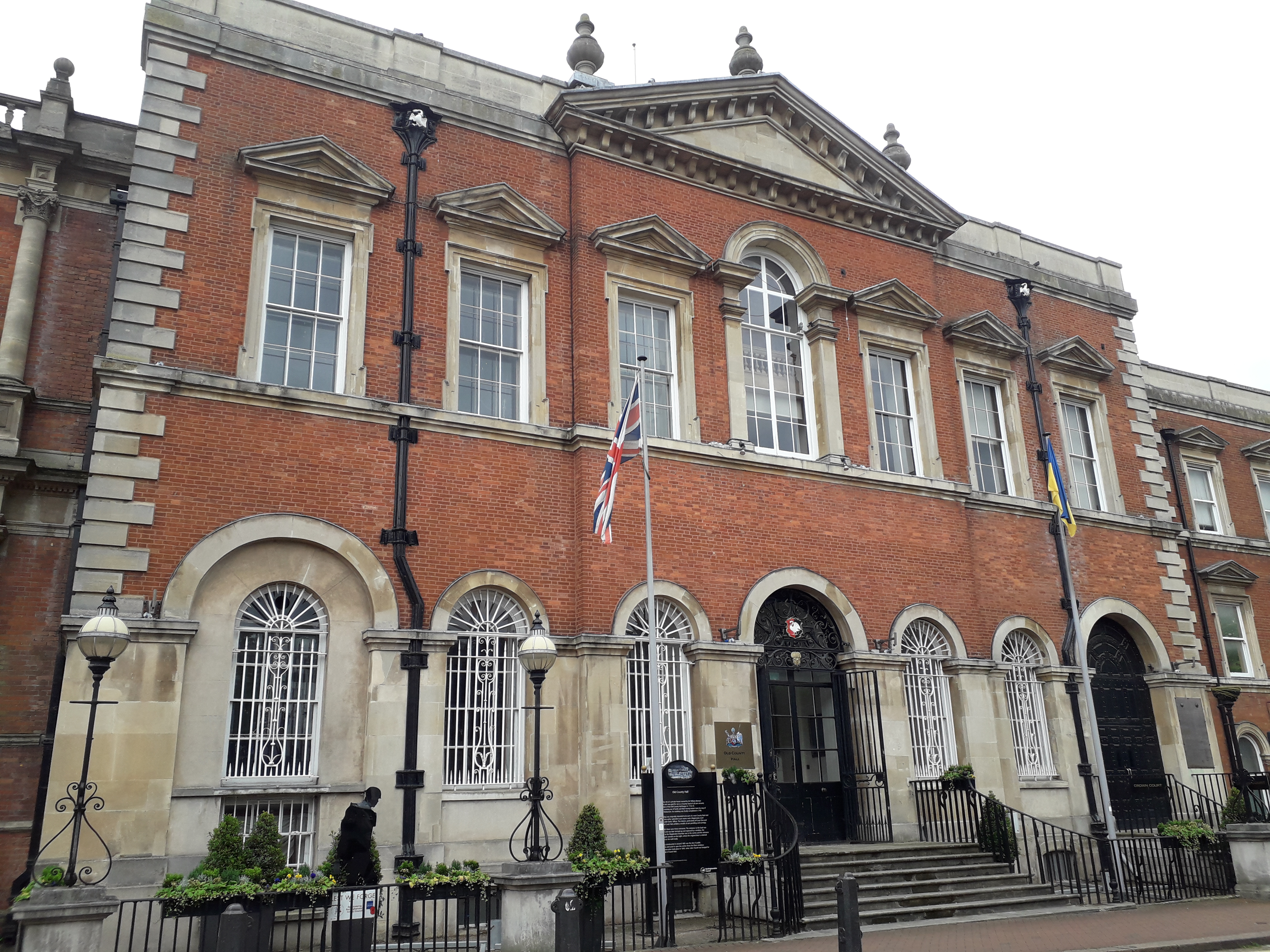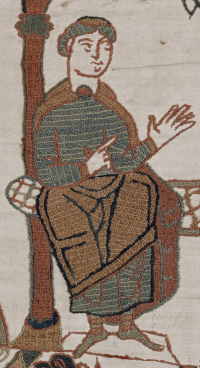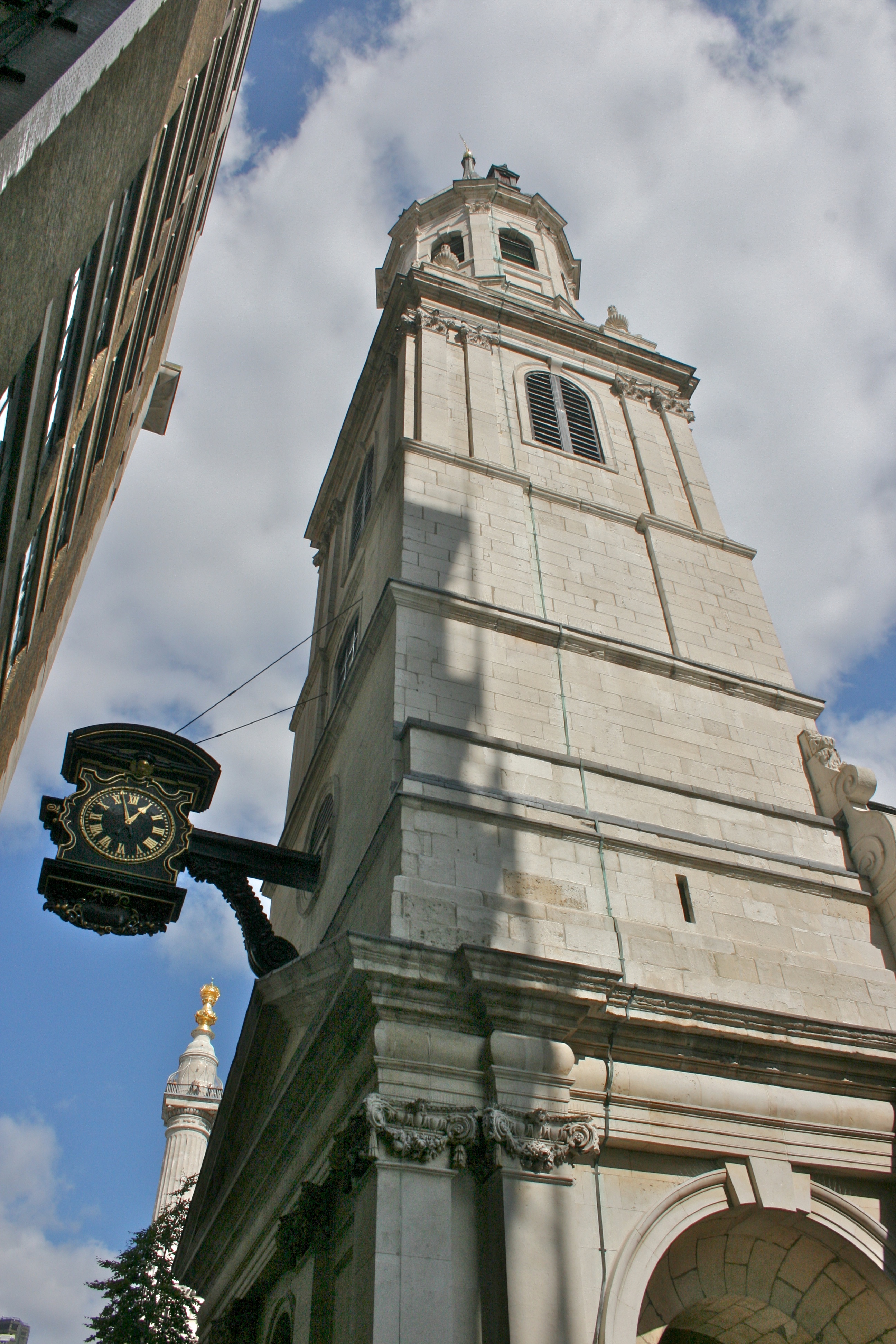|
Aston Sandford
Aston Sandford is a small village and civil parish in Buckinghamshire, England, about east of Haddenham and northwest of Princes Risborough. It is in the civil parish of Kingsey within the Buckinghamshire Council unitary authority area. The "Aston" part of the toponym is derived from the Old English for "Eastern Estate". At the time of the Domesday Book in 1086 the village was known as Cold Aston, and both it and Haddenham were owned by the same manor, suggesting that Aston got its name from being the farming estate to the east of Haddenham. The owner of both places in 1086 was listed as Manno the Breton. By 1199 the estate had been annexed by the Norman rulers and was placed into the extensive estates belonging to the heirs of Odo, Bishop of Bayeux: the Sandfords. It was from this time that the village became known as Aston Sandford. The Church of England parish church of Saint Michael and All Angels is one of the smallest in England.Page, 1927, pages 8-9 The nave is ... [...More Info...] [...Related Items...] OR: [Wikipedia] [Google] [Baidu] |
Buckinghamshire Council
Buckinghamshire Council is the Local Government in England, local authority for the Buckinghamshire (district), Buckinghamshire district in England. It is a Unitary authorities of England, unitary authority, performing both county and district-level functions. It was created on 1 April 2020, replacing the previous Buckinghamshire County Council and the councils of the four abolished non-metropolitan district, districts of Aylesbury Vale, Chiltern District, Chiltern, South Bucks, and Wycombe District, Wycombe. The district, which is also legally a non-metropolitan county, covers about four-fifths of the area and has about two-thirds of the population of the wider ceremonial county of Buckinghamshire, which also includes the City of Milton Keynes. The county council had been established in 1889. The county was reformed in 1974, when it ceded Slough, Eton, Berkshire, Eton and nearby villages to Berkshire. In 1997, the Borough of Milton Keynes was detached to become a non-metropolit ... [...More Info...] [...Related Items...] OR: [Wikipedia] [Google] [Baidu] |
Odo Of Bayeux
Odo of Bayeux (died 1097) was a Norman nobleman who was a bishop of Bayeux in Normandy and was made Earl of Kent in England following the Norman Conquest. He was the maternal half-brother of duke, and later king, William the Conqueror, and was, for a time, William's primary administrator in the Kingdom of England, although he was eventually tried for defrauding William's government. It is likely Odo commissioned the Bayeux Tapestry, a large tableau of the Norman Conquest, perhaps to present to his brother William. He later fell out with his brother over Odo's support for military adventures in Italy. William, on his deathbed, freed Odo. Odo died in Palermo, Sicily, on the way to crusade. Early life Odo was the son of William the Conqueror's mother Herleva and Herluin de Conteville. Count Robert of Mortain was his younger brother. There is uncertainty about his birth date. Some historians have suggested he was born around 1035. Duke William made him bishop of Bayeux in 1 ... [...More Info...] [...Related Items...] OR: [Wikipedia] [Google] [Baidu] |
Penguin Books
Penguin Books Limited is a Germany, German-owned English publishing, publishing house. It was co-founded in 1935 by Allen Lane with his brothers Richard and John, as a line of the publishers the Bodley Head, only becoming a separate company the following year."About Penguin – company history" , Penguin Books. Penguin revolutionised publishing in the 1930s through its inexpensive paperbacks, sold through Woolworths (United Kingdom), Woolworths and other stores for Sixpence (British coin), sixpence, bringing high-quality fiction and non-fiction to the mass market. Its success showed that large audiences existed for several books. It also affected modern British popular culture significantly through its books concerning politics, the arts, and science. Penguin Books is now an imprint (trad ... [...More Info...] [...Related Items...] OR: [Wikipedia] [Google] [Baidu] |
Pevsner Architectural Guides
The ''Pevsner Architectural Guides'' are four series of guide books to the architecture of the British Isles. ''The Buildings of England'' series was begun in 1945 by the art historian Sir Nikolaus Pevsner, with its forty-six original volumes published between 1951 and 1974. The fifteen volumes in ''The Buildings of Scotland'' series were completed between 1978 and 2016, and the ten in ''The Buildings of Wales'' series between 1979 and 2009. The volumes in all three series have been periodically revised by various authors; ''Scotland'' and ''Wales'' have been partially revised, and ''England'' has been fully revised and reorganised into fifty-six volumes. ''The Buildings of Ireland'' series was begun in 1979 and remains incomplete, with six of a planned eleven volumes published. A standalone volume covering the Isle of Man was published in 2023. The series were published by Penguin Books until 2002, when they were sold to Yale University Press. Origin and research methods After ... [...More Info...] [...Related Items...] OR: [Wikipedia] [Google] [Baidu] |
Victoria County History
The Victoria History of the Counties of England, commonly known as the Victoria County History (VCH), is an English history project which began in 1899 with the aim of creating an encyclopaedic history of each of the historic counties of England, and was dedicated to Queen Victoria. In 2012 the project was rededicated to Queen Elizabeth II in celebration of her Diamond Jubilee year. Since 1933 the project has been coordinated by the Institute of Historical Research in the University of London. History The history of the VCH falls into three main phases, defined by different funding regimes: an early phase, 1899–1914, when the project was conceived as a commercial enterprise, and progress was rapid; a second more desultory phase, 1914–1947, when relatively little progress was made; and the third phase beginning in 1947, when, under the auspices of the Institute of Historical Research, a high academic standard was set, and progress has been slow but reasonably steady. These ... [...More Info...] [...Related Items...] OR: [Wikipedia] [Google] [Baidu] |
Church Missionary Society
The Church Mission Society (CMS), formerly known as the Church Missionary Society, is a British Anglican mission society working with Christians around the world. Founded in 1799, CMS has attracted over nine thousand men and women to serve as mission partners during its 200-year history. The society has also given its name "CMS" to a number of daughter organisations around the world, including Australia and New Zealand, which have now become independent. History Foundation The original proposal for the mission came from Charles Grant and George Udny of the East India Company and David Brown, of Calcutta, who sent a proposal in 1787 to William Wilberforce, then a young member of parliament, and Charles Simeon, a young clergyman at Cambridge University. The ''Society for Missions to Africa and the East'' (as the society was first called) was founded on 12 April 1799 at a meeting of the Eclectic Society, supported by members of the Clapham Sect, a group of activist Anglicans ... [...More Info...] [...Related Items...] OR: [Wikipedia] [Google] [Baidu] |
Thomas Scott (commentator)
Thomas Scott (1747–1821) was an influential English preacher and author. He is principally known for his widespread work ''A Commentary On The Whole Bible'', for ''The Force of Truth'', and as one of the founders of the Church Missionary Society.Rumford, Gordon Bruce (1992). Thomas Scott's 'The Force of Truth': A diplomatic edition from the first and final editions with introduction and notes' (M. A. thesis) Wilfrid Laurier University Life Thomas Scott was born in 1747 at Bratoft in Lincolnshire, the son of a grazier (cattle farmer), the 11th of 13 children. His mother was better educated than his father and taught Thomas to read. He went to various small local private schools before being sent at the age of ten to a school in Scorton in Richmondshire, 150 miles away from home. Returning in 1762, he was apprenticed at 15 to a surgeon in nearby Alford, but was soon dismissed for bad conduct. He returned to the family farm in disgrace and he was reduced to working as a labourer ... [...More Info...] [...Related Items...] OR: [Wikipedia] [Google] [Baidu] |
Chancel
In church architecture, the chancel is the space around the altar, including the Choir (architecture), choir and the sanctuary (sometimes called the presbytery), at the liturgical east end of a traditional Christian church building. It may terminate in an apse. Overview The chancel is generally the area used by the clergy and choir during worship, while the congregation is in the nave. Direct access may be provided by a priest's door, usually on the south side of the church. This is one definition, sometimes called the "strict" one; in practice in churches where the eastern end contains other elements such as an ambulatory and side chapels, these are also often counted as part of the chancel, especially when discussing architecture. In smaller churches, where the altar is backed by the outside east wall and there is no distinct choir, the chancel and sanctuary may be the same area. In churches with a retroquire area behind the altar, this may only be included in the broader defi ... [...More Info...] [...Related Items...] OR: [Wikipedia] [Google] [Baidu] |
Nave
The nave () is the central part of a church, stretching from the (normally western) main entrance or rear wall, to the transepts, or in a church without transepts, to the chancel. When a church contains side aisles, as in a basilica-type building, the strict definition of the term "nave" is restricted to the central aisle. In a broader, more colloquial sense, the nave includes all areas available for the lay worshippers, including the side-aisles and transepts.Cram, Ralph Adams Nave The Catholic Encyclopedia. Vol. 10. New York: Robert Appleton Company, 1911. Accessed 13 July 2018 Either way, the nave is distinct from the area reserved for the choir and clergy. Description The nave extends from the entry—which may have a separate vestibule (the narthex)—to the chancel and may be flanked by lower side-aisles separated from the nave by an arcade. If the aisles are high and of a width comparable to the central nave, the structure is sometimes said to have three nave ... [...More Info...] [...Related Items...] OR: [Wikipedia] [Google] [Baidu] |
Michael (archangel)
Michael, also called Saint Michael the Archangel, Archangel Michael and Saint Michael the Taxiarch is an archangel and the warrior of God in Christianity, Judaism, and Islam. The earliest surviving mentions of his name are in third- and second-century BC Jewish works, often but not always apocalyptic, where he is the chief of the angels and archangels, and he is the guardian prince of Israel and is responsible for the care of the Israelites, people of Biblical Israel, Israel. Christianity conserved nearly all the Jewish traditions concerning him, and he is mentioned explicitly in Revelation 12:7–12, where he does battle with Satan, and in the Epistle of Jude, where the archangel and the devil dispute over the body of Moses. Old Testament and Apocrypha The Book of Enoch lists him as one of seven archangels (the remaining names are Uriel, Raguel (angel), Raguel, Raphael (archangel), Raphael, Sariel, Gabriel, and Remiel), who, in the Book of Tobit, “stand ready and ente ... [...More Info...] [...Related Items...] OR: [Wikipedia] [Google] [Baidu] |
Church Of England Parish Church
A parish church in the Church of England is the church which acts as the religious centre for the people within each Church of England parish (the smallest and most basic Church of England administrative unit; since the 19th century sometimes called the ecclesiastical parish, to avoid confusion with the civil parishes in England, civil parish which many towns and villages have). In many English villages the church is a prominent landmark and its tower is often the tallest structure in the settlement. Parishes in England In England, there are parish churches for both the Church of England and the Roman Catholic Church. References to a "parish church", without mention of a denomination, will, however, usually be to those of the Church of England due to its status as the Established Church. This is generally true also for Wales, although the Church in Wales is Welsh Church Act 1914, dis-established. The Church of England is made up of parishes, each one forming part of a dioce ... [...More Info...] [...Related Items...] OR: [Wikipedia] [Google] [Baidu] |
Bishop Of Bayeux
The Diocese of Bayeux and Lisieux (Latin: ''Dioecesis Baiocensis et Lexoviensis''; French: ''Diocèse de Bayeux et Lisieux'') is a Latin Church diocese of the Catholic Church in France. It is coextensive with the Department of Calvados and is a suffragan to the Archdiocese of Rouen, also in Normandy. With the Concordat of 1802, the former ..., the former Diocese of Lisieux"> ..., the former Diocese of Lisieux was merged with that of pontifical brief in 1854 authorized the Bishop of Bayeux to call himself Bishop of Bayeux and Lisieux. In 2022, in the Diocese of Bayeux and Lisieux there was one priest for every 2,672 Catholics. History A local legend found in 15th-century St. Exuperius an immediate disciple of Pope Clement I">Exuperius_of_Bayeux.html" ;"title="Roman Breviary">breviaries calls Exuperius of Bayeux">St. Exuperius an immediate disciple of Pope Clement I (88 to 99 CE), and the first Bishop of Bayeux. His see would according to this therefore have been founded ... [...More Info...] [...Related Items...] OR: [Wikipedia] [Google] [Baidu] |




